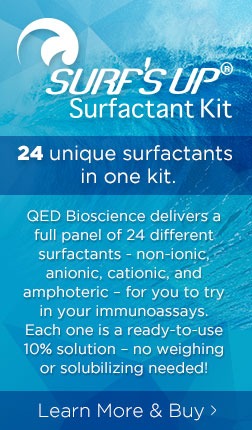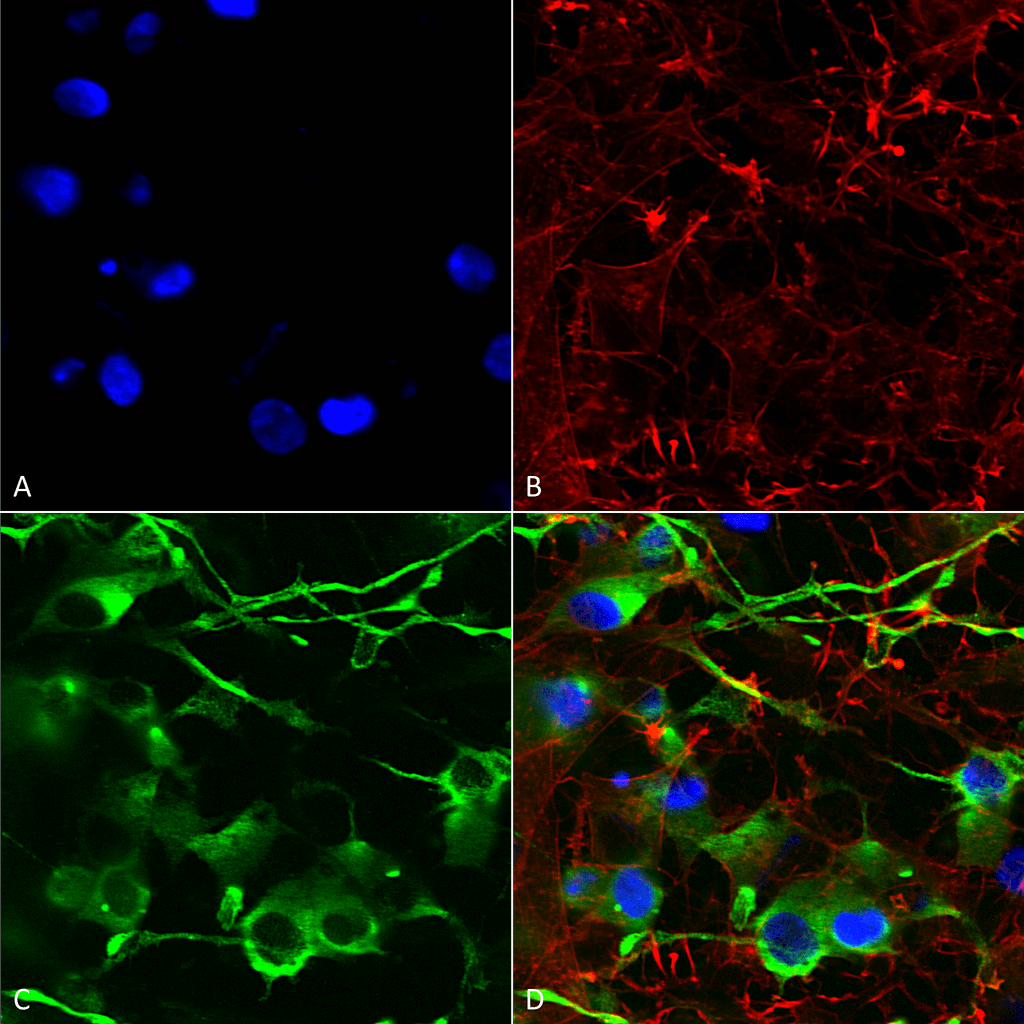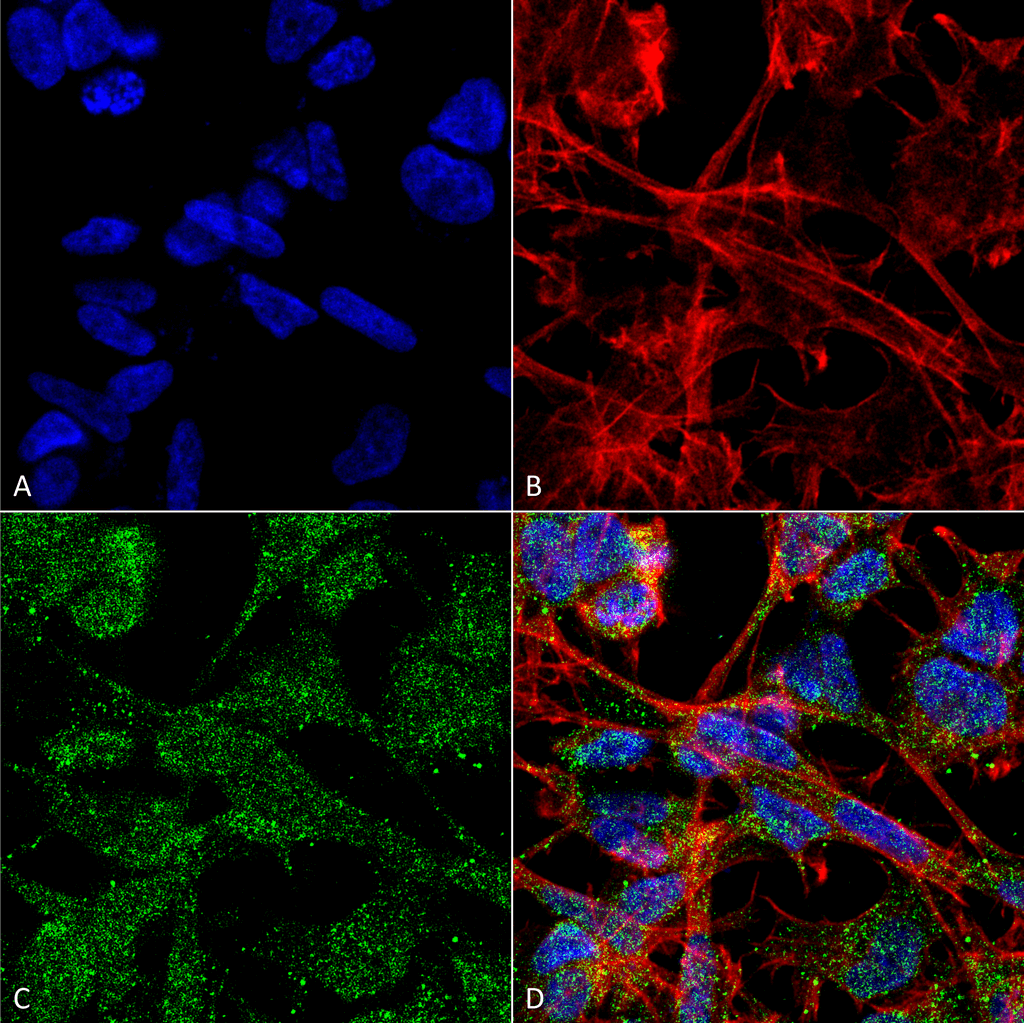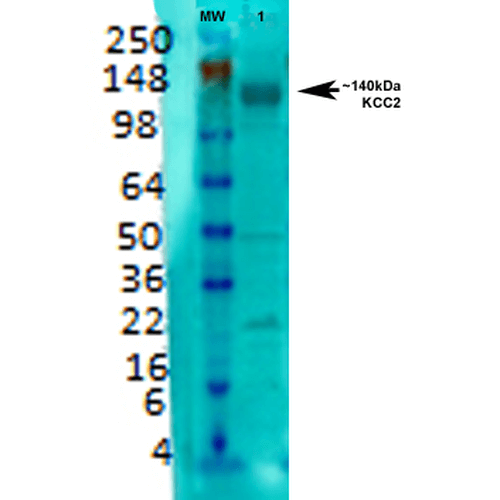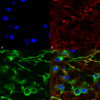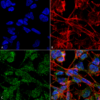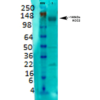Anti-K+/Cl- Cotransporter (KCC2) Antibody (11564)
$466.00
| Host | Quantity | Applications | Species Reactivity | Data Sheet | |
|---|---|---|---|---|---|
| Mouse | 100ug | WB,IHC,ICC/IF,IP | Human, Mouse, Rat |  |
SKU: 11564
Categories: Antibody Products, Ion Channel Antibodies, New Products, Products
Overview
Product Name Anti-K+/Cl- Cotransporter (KCC2) Antibody (11564)
Description Anti-K+/Cl-Cotransporter (KCC2) Mouse Monoclonal Antibody
Target K+/Cl- Cotransporter (KCC2)
Species Reactivity Human, Mouse, Rat
Applications WB,IHC,ICC/IF,IP
Host Mouse
Clonality Monoclonal
Clone ID S1-12
Isotype IgG2a
Immunogen Fusion protein consisting of aa 932-1043 of rat KCC2 (accession no. NP_599190).
Properties
Form Liquid
Concentration 1.0 mg/mL
Formulation PBS, pH 7.4, 50% glycerol, 0.09% sodium azide.
Buffer Formulation Phosphate Buffered Saline
Buffer pH pH 7.4
Buffer Anti-Microbial 0.09% Sodium Azide
Buffer Cryopreservative 50% Glycerol
Format Purified
Purification Purified by Protein G affinity chromatography
Specificity Information
Specificity This antibody recognizes human, mouse and rat KCC2.
Target Name Solute carrier family 12 member 5
Target ID K+/Cl- Cotransporter (KCC2)
Uniprot ID Q63633
Alternative Names Electroneutral potassium-chloride cotransporter 2, Furosemide-sensitive K-Cl cotransporter, K-Cl cotransporter 2, rKCC2, Neuronal K-Cl cotransporter
Gene Name Slc12a5
Accession Number NP_599190
Sequence Location Membrane; Multi-pass membrane protein.
Biological Function Mediates electroneutral potassium-chloride cotransport in mature neurons and is required for neuronal Cl(-) homeostasis. As major extruder of intracellular chloride, it establishes the low neuronal Cl(-) levels required for chloride influx after binding of GABA-A and glycine to their receptors, with subsequent hyperpolarization and neuronal inhibition (PubMed:9930699). Involved in the regulation of dendritic spine formation and maturation (PubMed:22345354). {PubMed:22345354, PubMed:9930699}.
Research Areas Ion Channels
Background KCC2 is a member of the cation-chloride cotransporter gene family. KCCs lower intracellular chloride concentrations below the electrochemical equilibrium potential. Depending on the concentration gradients of potassium and chloride, KCC2 can operate as a net efflux or influx pathway. KCC2 is expressed at high levels in neurons throughout the nervous system and is localized at inhibitory synapses of the spinal cord. Studies in mice have shown that KCC2 reduces GABA's inhibitory signaling resulting in motor defects, epilepsy, and anxiety-like behavior.
Application Images
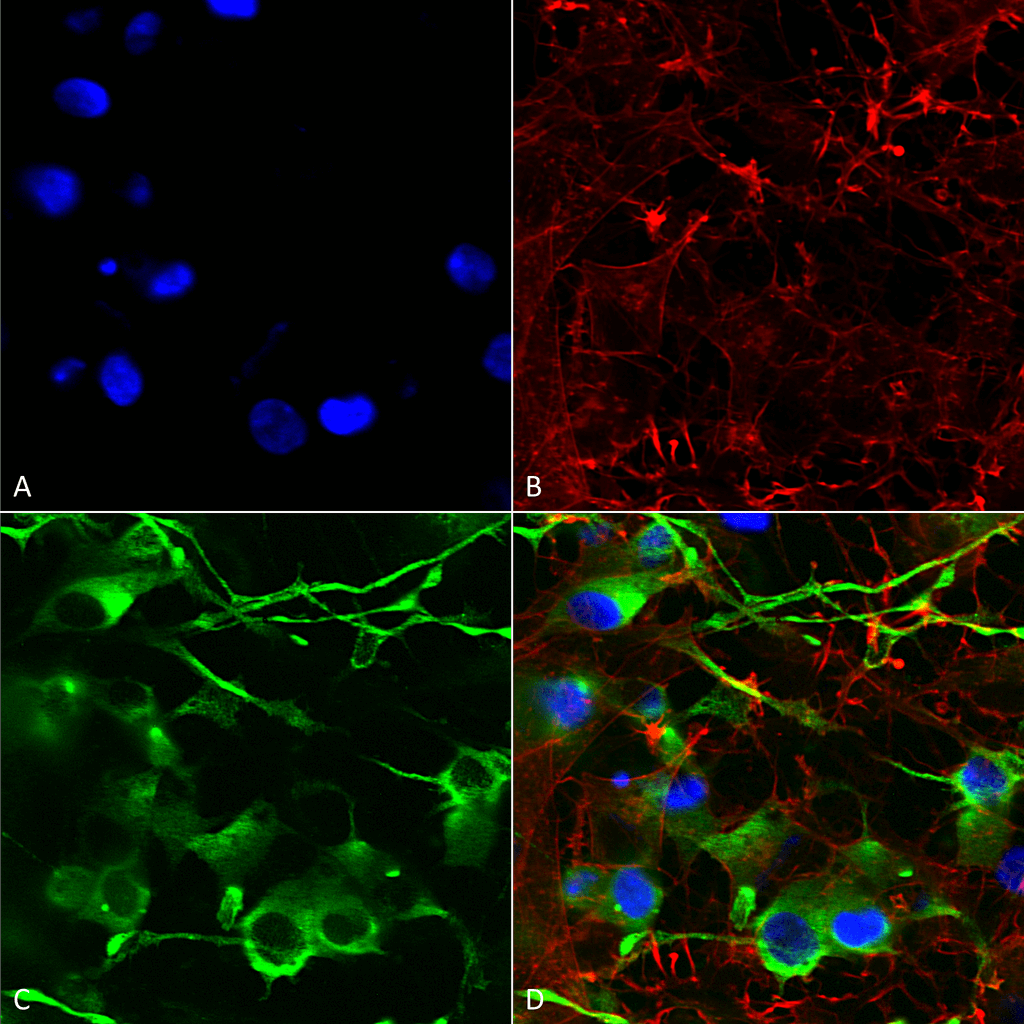
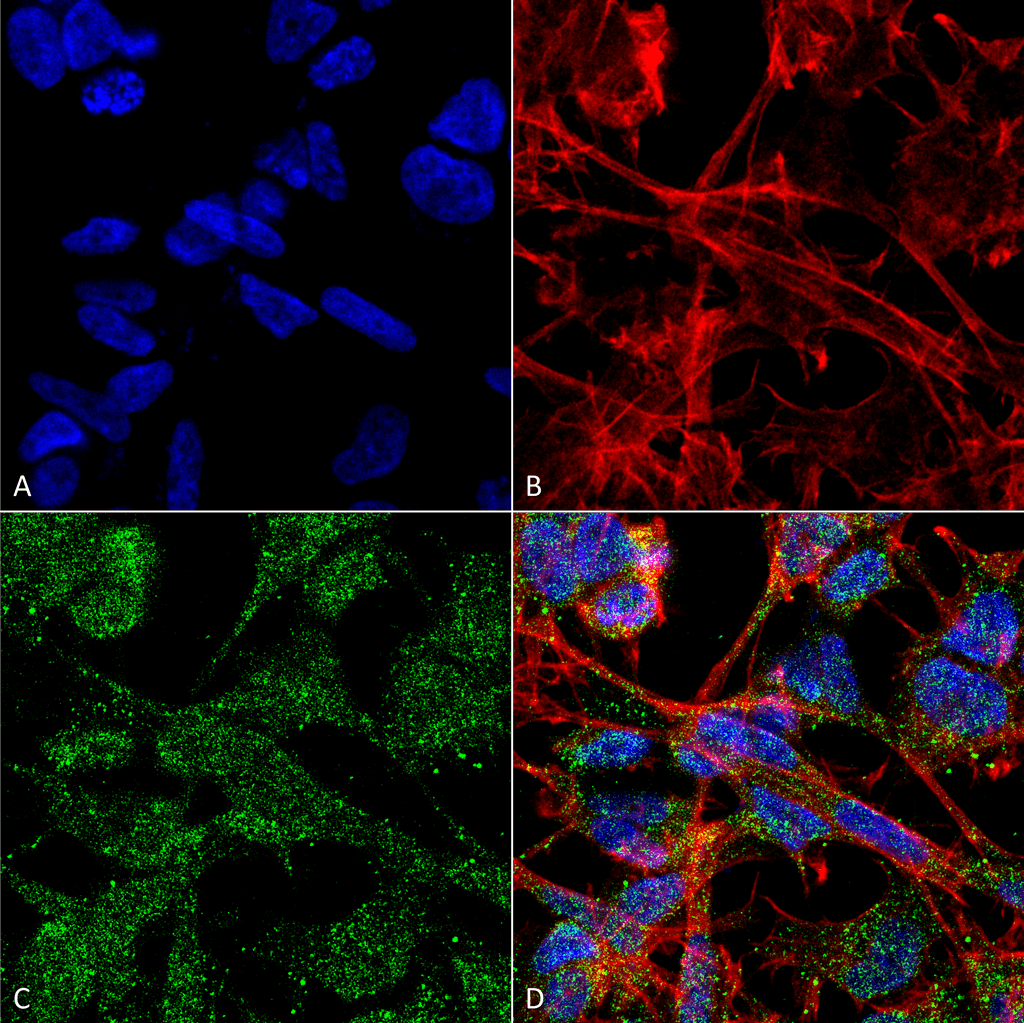
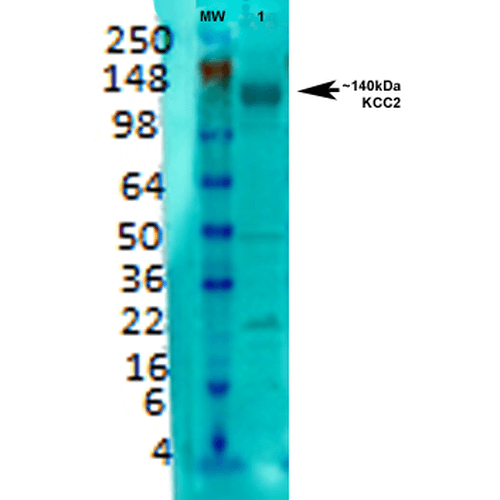

Description Immunocytochemistry/Immunofluorescence analysis using Mouse Anti-KCC2 Monoclonal Antibody, Clone S1-12 (11564). Tissue: Neuroblastoma cells (SH-SY5Y). Species: Human. Fixation: 4% PFA for 15 min. Primary Antibody: Mouse Anti-KCC2 Monoclonal Antibody (11564) at 1:200 for overnight at 4°C with slow rocking. Secondary Antibody: AlexaFluor 488 at 1:1000 for 1 hour at RT. Counterstain: Phalloidin-iFluor 647 (red) F-Actin stain; Hoechst (blue) nuclear stain at 1:800, 1.6mM for 20 min at RT. (A) Hoechst (blue) nuclear stain. (B) Phalloidin-iFluor 647 (red) F-Actin stain. (C) KCC2 Antibody (D) Composite.

Description Immunocytochemistry/Immunofluorescence analysis using Mouse Anti-KCC2 Monoclonal Antibody, Clone S1-12 (11564). Tissue: Neuroblastoma cell line (SK-N-BE). Species: Human. Fixation: 4% Formaldehyde for 15 min at RT. Primary Antibody: Mouse Anti-KCC2 Monoclonal Antibody (11564) at 1:100 for 60 min at RT. Secondary Antibody: Goat Anti-Mouse ATTO 488 at 1:200 for 60 min at RT. Counterstain: Phalloidin Texas Red F-Actin stain; DAPI (blue) nuclear stain at 1:1000, 1:5000 for 60 min at RT, 5 min at RT. Localization: Membrane. Magnification: 60X. (A) DAPI (blue) nuclear stain. (B) Phalloidin Texas Red F-Actin stain. (C) KCC2 Antibody. (D) Composite.

Description Western Blot analysis of Rat brain membrane lysate showing detection of KCC2 protein using Mouse Anti-KCC2 Monoclonal Antibody, Clone S1-12 (11564). Primary Antibody: Mouse Anti-KCC2 Monoclonal Antibody (11564) at 1:1000.
Handling
Storage This antibody is stable for at least one (1) year at -20°C.
Dilution Instructions Dilute in PBS or medium which is identical to that used in the assay system.
Application Instructions Immunoblotting: use at 3ug/mL. A band of ~140kDa is detected.
Immunohistochemistry: use at 1-5ug/mL.
Positive control: Adult rat brain
These are recommended concentrations;
Enduser should determine optimal concentrations for their applications.
Immunohistochemistry: use at 1-5ug/mL.
Positive control: Adult rat brain
These are recommended concentrations;
Enduser should determine optimal concentrations for their applications.
References & Data Sheet
Data Sheet  Download PDF Data Sheet
Download PDF Data Sheet
 Download PDF Data Sheet
Download PDF Data Sheet
